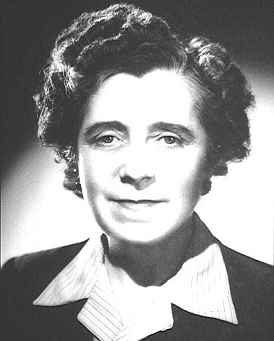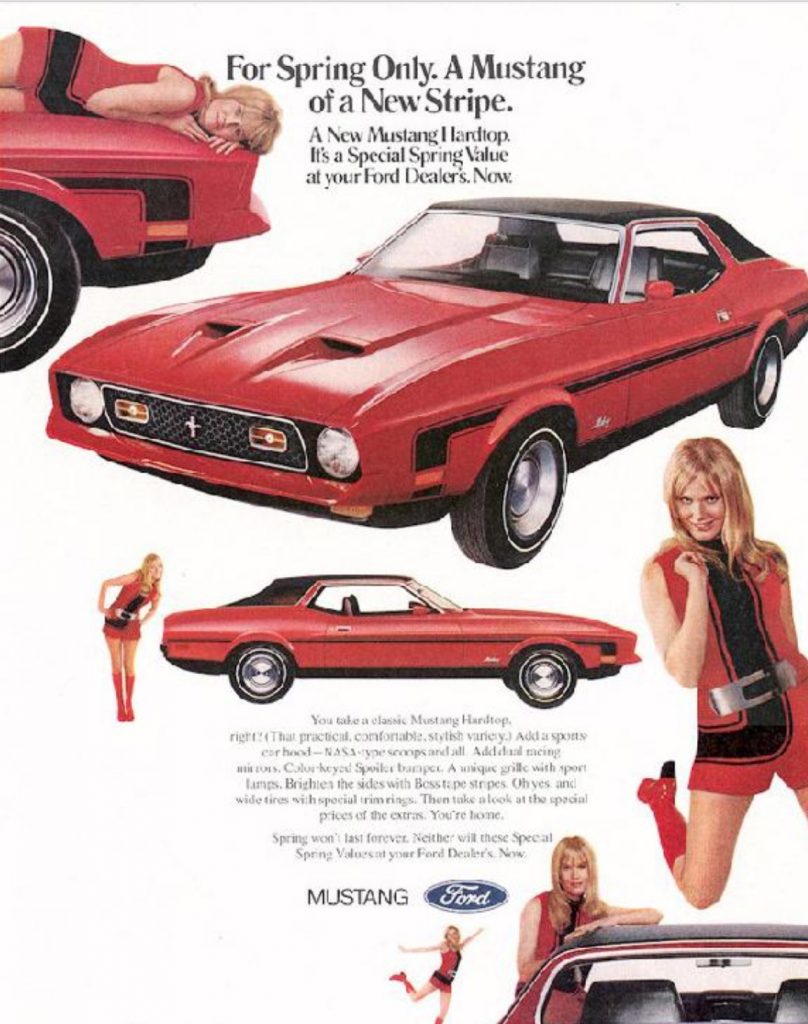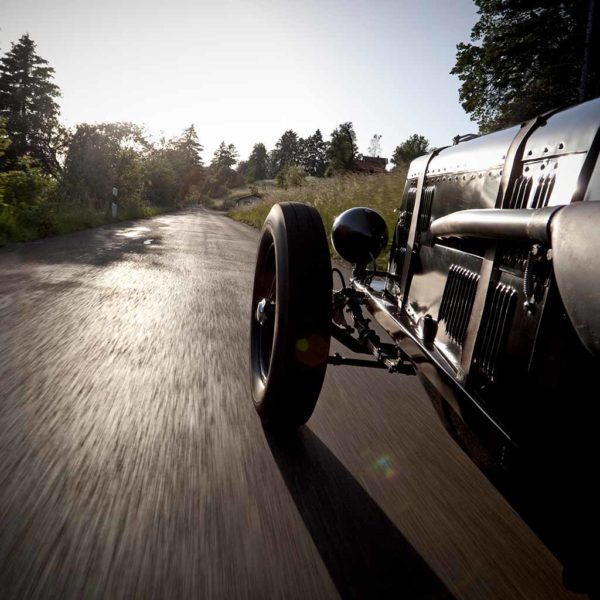Believe it or not, there are now more female drivers in the U.K than there are male drivers. Not only that, contrary to androcentric belief, women are now considered to be safer and (dare we admit it) better drivers than the opposite sex. We won’t tell our ‘better halves’, of course. We wouldn’t want to upset the balance of the universe or anything…
It wasn’t always this way, however. In aid of International Women’s Day, we’ve put together a brief history of women in automobile culture in to celebrate the achievements of past and present.
1914-1945
Pre-war Britain saw very few females involved in transport at all, let alone driving their own cars at leisure. While a small sub section of women set up chauffeuring and mechanic businesses pre-1914, it certainly wasn’t commonplace (or trusted) and even women themselves often felt it best that only men took to the wheel. Then the First World War happened and, as you know, women’s history changed forever. The role of women in transport expanded rapidly and urgently as their men were called away to duty, leaving behind an entire society to keep going during their (often permanent) absence. Increasing numbers of women were not only learning how to fix or alter vehicles, but actually began to think ahead in terms of designing transport with women in mind.
And then along came Dorothee Aurelie Pullinger. Dorothee was a British-French car enthusiast who, in 1924, designed the Galloway – an iconic car constructed just for women.
(Photo credits Scottish Engineering Hall Of Fame & BBC).
Following the war, Dorothee was accepted into the Institute of Automobile Engineers after being previously rejected prior to the conflict due to her gender. She went on to receive an MBE and manage Galloway Cars, which not only built on the philosophies of the suffragettes, but hosted an automotive school for women on the side.
Come the Second World War, 2.2 million women were building ships, aircrafts and automobiles for the war effort.
Post 1945
It wasn’t just automobile engineering and design that inspired women during the war era. Have you ever heard the expression, ‘Women can’t read maps’? Of course you have – there was an entire book written on the subject in 2001 unfairly attributing this stereotyped trait to every woman on the planet. However, the next time you’re assigned such a fundamental cognitive flaw, remember to remind your accuser that it was, in actual fact, a woman that invented the famous London A-Z book of maps. Her name was Phyllis Pearsall and she was a British artist that dedicated her adult life to documenting the streets of London so that motorists and pedestrians could navigate their way far more easily than ever before. Impressed? We certainly are!
Come the 1950s, women started to be accepted into broader areas of automobile culture. Aside from contributing to the engineering and maintenance of motors, women began to play a hand in Formula One racing.

(Photo credit The Telegraph, Rex Features)
Maria Teresa de Filippis (pictured) was one of the first female Formula One competitors, participating in a total of five World Championship Grand Prix’s. While she scored no championship points, Maria showed the cynics that it was possible to participate in a male dominated world and be taken seriously.
The 1960s
One of the defining moments of the 1960s was the release of the Ford Mustang. You may not know this, but the Ford Mustang was the first car marketed solely at women and was advertised in the women’s section of over 2,600 newspapers. The campaign worked, and the first person to buy this iconic car was Gail Brown, a 22-year-old schoolteacher from Chicago (pictured), for $3,419.
(Photo credits adramch, & Forbes)
In terms of a wider movement, the 1960s saw the first formal protest for equal pay. While this fight is still ongoing, it may interest you to know that it was at the Ford UK factories that the first strikes took place.
Come 1962, the British Women’s Racing Drivers Club was established, allowing women from all walks of life to learn the sport and meet likeminded people.
Onwards and Upwards
There’s been much success in the world of motorsport since the 1960s – far more than we can credit in one sitting. However, some names worth a mention include Lella Lombardi, the first woman to score points at a Grand Prix in 1975, Michelle Mouton, who won four rallies for Audi in the 1980s, Jutta Kleinschmidt, the winner of the notoriously tough Dakar rally in 2001 and Dancia Patrick, the first (and so far only) woman to win an IndyCar race in 2008.
An interesting contrast to just 100 years ago, women now make up around 16% of the automotive trade in the U.K, many of whom are holding senior positions, with a record number of women now applying to become mechanics. Furthermore, a wide range of cars have been created over the last 60-odd years with us petrol-birds in mind, making it more enjoyable than ever to show off our superior driving skills in comfort and style.
So, if you’re keen on cleaning the cobwebs off your classic speedster this spring and taking it for a well deserved drive, head over to our page and stock up on the gear you need so that your next ride is a smooth one.









